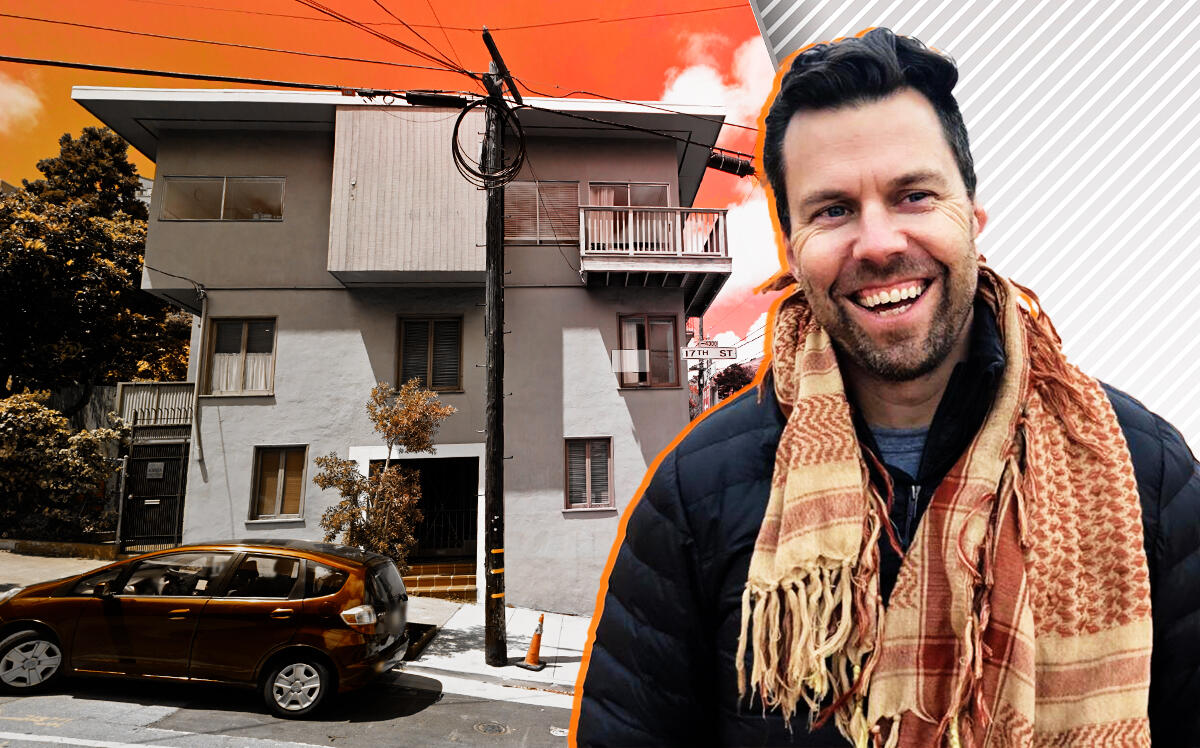Trending
Builder’s remedy inspires property owners to pick fight in Bay Area
“Bullies don’t react to carrots, they react to sticks”

Scott Pluta bought a small piece of land in San Francisco with the best intentions, believing “the city would love some mixed, affordable housing in this neighborhood.” But his ambition turned into a two-year dispute.
Pluta ended up suing the city to get the units he proposed built. His suit’s opening line reads: “The city has a monopoly on housing and the city uses that monopoly to crush opposition.”
Now he is looking to tap into builder’s remedy to turn up the heat on the city.
“Housing development is a black box in the city and the outputs are homelessness, a childless city [and] we have all these teachers and firefighters that have nowhere to live,” Pluta said in an interview with The Real Deal. “If these are the outputs — anti-family, frankly segregation, anti-middle class — it gets hard to take these supposedly progressive politicians seriously.”
Pluta, an attorney for Google, is proposing a seven-story, six-unit building on a corner lot at 4300 17th Street. Two of the units would be affordable.
After spending 15 years in Washington, D.C., and working for the Obama administration, he moved to the Bay Area and quickly learned about its housing crisis.
“I was surprised with the disconnect between what the city says they want and what they actually do,” he said. “Habitually and culturally, it’s too ingrained in the city, both in the staff and political leadership. They don’t want any housing.”
Pluta isn’t the only one looking to use builder’s remedy to get housing approved; Sasha Zbrozek is proposing two projects in the South Bay suburb of Los Altos Hills. One would be five units with one affordable apartment (adhering to the 20 percent affordability guidelines within the builder’s remedy policy). The other project plan is in the works, but Zbrozek suggested it will be “more aggressive,” both in scale and the number of affordable units.
After buying a house in Los Altos following his marriage in 2019, Zbrozek realized the home was more damaged than initially thought. In repairing it, he became aware of the thicket of regulation.
“I realized how tremendously onerous the land use laws and permitting actually were,” he said. “It clued me in on how bad the housing crisis was, and how it was an issue local governments manufactured. After spending a couple years working through the permitting process, I was just left with a sense of lack of property rights and powerlessness. Frankly, builder’s remedy is just a way for me to reclaim that feeling.”
Even as he moves ahead with builder’s remedy projects, Zbrozek doesn’t believe that local jurisdictions’ attitudes towards housing development will change.
“They’re totally woken up to the shape and scale of the problem, they just don’t want to do anything about it,” he said. “Builder’s remedy is not going to change that.”
Pluta disagrees and believes that once cities face consequences they will be motivated to change.
“Bullies don’t react to carrots, they react to sticks,” Pluta said. “It’s going to be up to the adults in Sacramento and the court system to force the city to build housing with a stick.”
Pluta and Zbrozek do agree, however, that the state has looked at housing elements with more scrutiny this cycle, which is why builder’s remedy is coming into focus. Daniel Golub, land use attorney for Holland & Knight, concurred.
“This provision isn’t new, it’s been part of the law since 1991,” Golub said. “For a long time it didn’t matter because everybody had a compliant housing element. The state has since upped the requirements.”
A concern for anyone looking to file for builder’s remedy applications is ensuring the projects adhere to the guidelines of the California Environmental Quality Act.
“This is the one thing we’re probably spending the most time thinking about,” Golub said. “We need to figure out a way to comply with CEQA if you’re going to move forward with these projects.”
It remains uncertain whether San Francisco and Los Altos’ housing elements will be approved. San Francisco is going right up to the deadline; its board of supervisors will vote on the current plan on Jan. 31. The Los Altos housing element is under review by the HCD, according to YIMBY Law.
Regardless of whether these cities come into compliance, local leaders have become aware of the state’s willingness to challenge jurisdictions on housing development and hold them accountable, according to Pluta. That could become a motivating factor for more housing approvals.
Further, once cities adopt housing elements, they will be held accountable to staying on track to meet their goals every two years. If they fall short, local governments would have only 60 days to review and vote on project proposals that are 150 units or fewer and 90 days for those with more than 150 units. If they fail to vote within those time frames, the projects would be automatically approved as long as they follow CEQA guidelines.
“These builder’s remedy projects are incredibly important as a warning to these cities that if they do not build housing they are going to lose local control and end up with seven-story buildings in neighborhoods that are three stories tall,” Pluta said.




